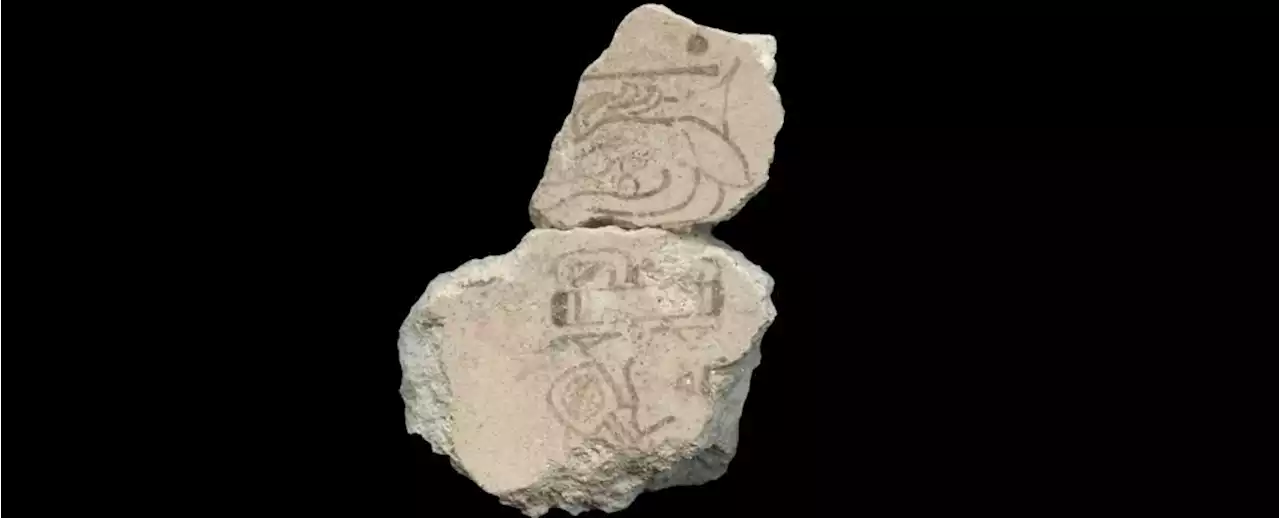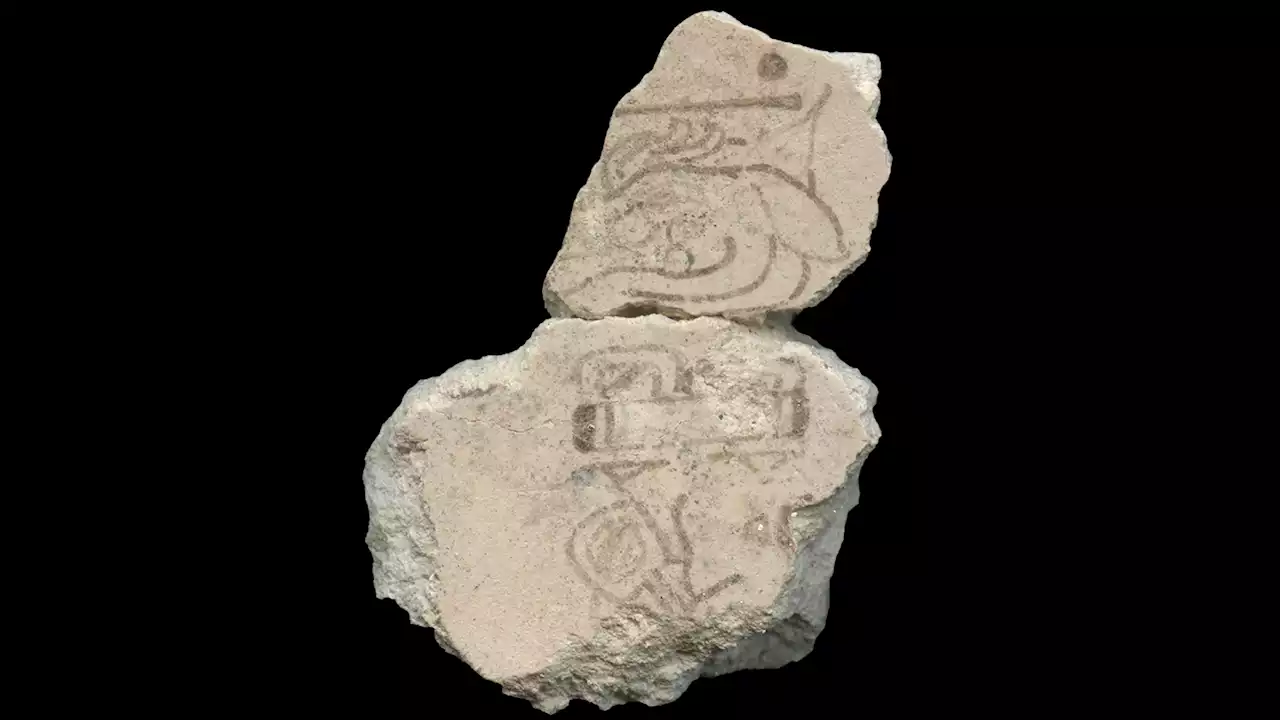The characters are “very well practiced. This isn’t a stumbling baby step.”
Buried within the Las Pinturas pyramid in San Bartolo, Guatemala, thousands of painted plaster mural fragments offer a window into ancient Maya civilization. Two of those fragments form the earliest known record of a Maya calendar, created between 300 and 200 B.C.from the 260-day sacred calendar common across ancient Mesoamerica and still used today by indigenous communities in Guatemala and southern Mexico, archaeologist David Stuart and colleagues report April 13 in.
In a calendar once common across Mesoamerica, 13 numbers and 20 signs are mixed and matched to represent 260 specific dates such as “7 Deer” . The numbers 13 and 20 are sacred in the region, and the 260 days may reflect the length of human gestation.In a calendar once common across Mesoamerica, 13 numbers and 20 signs are mixed and matched to represent 260 specific dates such as “7 Deer” . The numbers 13 and 20 are sacred in the region, and the 260 days may reflect the length of human gestation.
The 260-day calendar system “survived not only close to 1,800 years in the Maya world before the Spanish showed up, but it persisted even more recently, since conquests . . . in some of the most oppressed areas,” Stuart says. “I find that an incredible thing.”
Argentina Últimas Noticias, Argentina Titulares
Similar News:También puedes leer noticias similares a ésta que hemos recopilado de otras fuentes de noticias.
 Earliest evidence for Maya calendar may have been found in GuatemalaThe famous Maya calendar may have been in use a century earlier than we thought, extending its history back about 2300 years.
Earliest evidence for Maya calendar may have been found in GuatemalaThe famous Maya calendar may have been in use a century earlier than we thought, extending its history back about 2300 years.
Leer más »
 This Could Be The Earliest Evidence of a 260-Day Maya Calendar Ever FoundAmong the fragments of an ancient Mesoamerican mural, archaeologists in Guatemala have uncovered the earliest unequivocal evidence of a Maya sacred calendar.
This Could Be The Earliest Evidence of a 260-Day Maya Calendar Ever FoundAmong the fragments of an ancient Mesoamerican mural, archaeologists in Guatemala have uncovered the earliest unequivocal evidence of a Maya sacred calendar.
Leer más »
 Earliest evidence of Maya calendar found inside Guatemalan pyramidA glyph representing a day called '7 Deer' on mural fragments dating from the third century BC found inside the ruins of a pyramid in Guatemala marks the earliest-known use of the Maya calendar, one of this ancient culture's renowned achievements.
Earliest evidence of Maya calendar found inside Guatemalan pyramidA glyph representing a day called '7 Deer' on mural fragments dating from the third century BC found inside the ruins of a pyramid in Guatemala marks the earliest-known use of the Maya calendar, one of this ancient culture's renowned achievements.
Leer más »
 This Could Be The Earliest Evidence of a 260-Day Maya Calendar Ever FoundAmong the fragments of an ancient Mesoamerican mural, archaeologists in Guatemala have uncovered the earliest unequivocal evidence of a Maya sacred calendar.
This Could Be The Earliest Evidence of a 260-Day Maya Calendar Ever FoundAmong the fragments of an ancient Mesoamerican mural, archaeologists in Guatemala have uncovered the earliest unequivocal evidence of a Maya sacred calendar.
Leer más »
